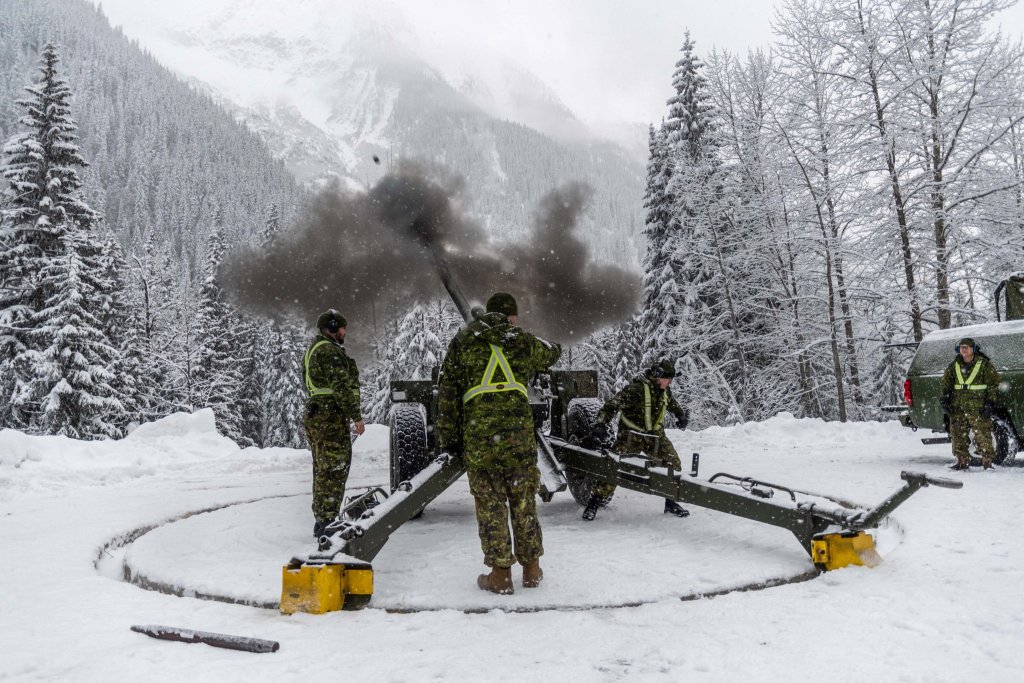
Roger Pass, located in the heart of British Columbia, offers world-class backcountry skiing and snowboarding but you must play by the rules. This high mountain pass in Glacier National Park, British Columbia, has been a popular backcountry skiing destination for well over 50 years and continues to grow in popularity each year. The only catch is the Trans-Canada Railroad and Highway run straight through it so avalanche mitigation is a major process.
Keeping the highway and railway open and clear of avalanche hazards is the number one priority. All mountain slopes facing the highway and train tracks are part of the Winter Permit System and are susceptible to daily closures based on avalanche conditions. In previous years the permit system divided the pass up into 16 Winter Restricted Areas (WRA’s) but there were some issues with people following the daily closures and understanding them.

New for the 2019/20 winter season, Parks Canada has modified the WRA’s so there are now only four areas to monitor. This will make it much easier to manage and help with understanding openings and closures on the day to day basis. For those who have used the old system in past years be sure to review the changes and modification of boundaries to ensure your safety and to stay out of trouble. Abiding by the Winter Permit System boundaries is not only the law but may also save your life.

For more than 50 years the Royal Canadian Armed Forces (RCAF) have operated the world’s largest mobile avalanche-control program on Rogers Pass. Each year RCAF sends 2 artillery groups to work alongside Parks Canada to manage over 130 avalanche paths that cross the Trans-Canada Highway. The importance of keeping the traffic flowing through this pass is calculated to be roughly a million dollars lost per hour the road is closed.

Every day of backcountry travel on Rogers Pass should start with a visit to the Rogers Pass Discovery Center, open from 7 am to 4 pm in the winter. Here you can obtain your required Daily Winter Permit, check the open WRA’s for that day, review current avalanche conditions and talk over your planned route with the rangers on duty. If you will be spending a large amount of time skiing the pass you can also apply for an Annual Winter Permit at the Discovery Center.
Rogers Pass offers world-renowned backcountry terrain, as long as winter enthusiasts continue to comply with the Winter Permit System it will stay this way. Choosing not to follow these laws will result in severe consequences by the law and will also threaten the future of skiing here. So please, do your part and help keep this backcountry gem open for access.
2 thoughts on “The Importance of Understanding the Winter Permit System on Rogers Pass, BC”